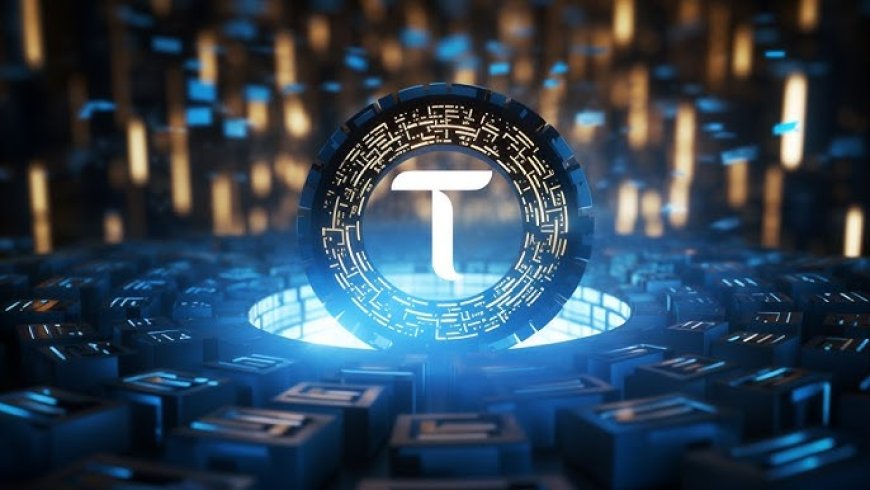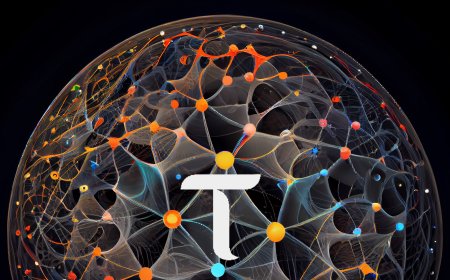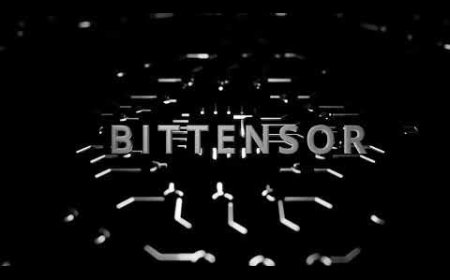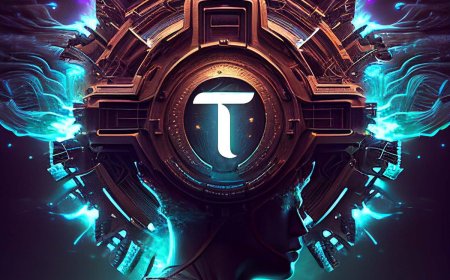Navigating the Future of Subnet Dynamic Tokens and Decentralized Systems: Bittensor and Subnet 19
The decentralized world is constantly evolving, with new challenges and opportunities arising as technology advances. This week brought significant insights, especially with the release of guidance regarding Estow's vision.

The primary questions circling around the conversation involve the degree to which subnet dynamic tokens may be classified as securities and how TOA (Token of Access) fits into regulatory frameworks. As decentralized ecosystems like Bittensor mature, concerns about security classifications, staking, and token economics intensify, particularly in countries like the U.S., where regulations are still catching up with technology.
The conversation goes beyond just regulations; it taps into broader questions about whether decentralized systems, like Bittensor, can truly create digital commodities without seeking permissions from regulators every step of the way. With platforms like Bitcoin paving the way, there’s much to consider regarding how the decentralized world can remain innovative while staying within legal boundaries.
Are Subnet Dynamic Tokens Securities?
The debate about subnet dynamic tokens being classified as securities highlights the regulatory tension between decentralized networks and governmental oversight. In the case of Bittensor, one critical question is whether its tokens (like TOA) could be regulated as securities. The answer isn't clear-cut. Historically, Bitcoin, when it was first introduced, might have faced regulatory challenges but evolved into a recognized commodity, mostly due to its decentralization and censorship resistance. It achieved this status even while most of its infrastructure was controlled by its creator, Satoshi Nakamoto.
What lessons can Bittensor draw from Bitcoin's journey? First and foremost, decentralization, particularly economic decentralization, is key. As Bittensor's ecosystem continues to grow, it will need to follow a similar path, avoiding concentration of power in any one entity or small group, thus reducing the risk of being classified as a security.
Can Decentralized Networks Thrive Without Regulatory Approval?
Looking back, it’s unlikely that systems like Bitcoin, Ethereum, or even Bittensor would have reached their current status had they waited for regulatory approval at each developmental step. The ethos of digital currencies lies in building systems that operate outside traditional boundaries. The permissionless innovation that drives the decentralized ecosystem thrives on staying true to the principles of privacy, autonomy, and resilience against censorship.
In his Medium article last week, the author highlighted how Bitcoin's censorship-resistant nature allowed it to thrive. This very characteristic is what made Bitcoin valuable even in its early days when Nakamoto still controlled the majority of the nodes. Despite initial regulatory challenges, Bitcoin matured into a store of value, escaping potential government shutdowns. This suggests that while caution is necessary, decentralized systems must remain bold, moving forward intentionally to reach full maturity.
For networks like Bittensor, the goal isn't just about creating another cryptocurrency but about ensuring economic decentralization. With this, other forms of decentralization will follow. The community behind Bittensor, through the Open T Foundation, has already made strides by introducing structural changes that increase decentralization, thus enhancing the network's resilience.
The Role of Validators and Economic Decentralization
The heart of Bittensor’s future lies in its validation system. Validators are responsible for processing transactions, maintaining network security, and ensuring fair access to resources like bandwidth. In subnet 19, a specific section of the Bittensor network, validators play a crucial role in managing requests from miners. These requests include a variety of tasks, ranging from language models to image generation.
As the network scales, so too do the demands on validators. Currently, miners can handle around 10-11 different tasks, but this number is expected to grow. As it does, validators will be forced to prioritize which tasks they focus on, creating a competitive environment where superior infrastructure wins out. Validators with the ability to handle more requests will naturally earn higher incentives.
This is where economic decentralization comes into play. In subnet 19, validators are incentivized to provide fair access to bandwidth proportionate to their holdings. This ensures that resources are distributed efficiently, allowing the network to scale while maintaining decentralization. Unlike centralized systems, where access to resources is controlled by a few, decentralized networks like Bittensor are built to ensure that as many participants as possible have access to the necessary resources to participate.

Challenges and Opportunities for Miners in Subnet 19
While validators play a key role in managing requests, miners are the ones tasked with fulfilling them. The challenge for miners is to efficiently handle an increasing number of tasks. Simply registering a new user identity (UID) won’t necessarily solve the problem. Instead, miners must scale their infrastructure to support a diverse and growing range of tasks. In subnet 19, requests from both synthetic and organic sources continue to flood the network, with hundreds of thousands of requests being processed weekly.
This creates a unique challenge: as miners handle more requests, the cost of running a subnet miner will rise. However, as the margin between costs and rewards decreases, the registration cost for new miners may drop, allowing for more miners to join the network. Over time, as workloads increase and profit margins shrink, the cost of registering new miners is expected to decrease.
Researchers within subnet 19 have been exploring various reward mechanisms to ensure fair access to bandwidth, ensuring scalability and growth. These reward mechanisms help validators allocate resources effectively, providing incentives for miners to continue participating in the network.
The Growing Competition Between Validators
As Bittensor’s network continues to scale, competition among validators is expected to rise. In subnet 19, we’re already seeing validators hit their bandwidth limits, leading to the need for more validators to join the network. This was particularly relevant a few weeks ago when the number of requests spiked, causing validators to scramble for additional resources.
Validators in subnet 19 are working to balance requests across multiple nodes, ensuring that no single validator is overloaded. This dynamic is expected to play out across other subnets as well, leading to increased collaboration between validators. Validators will need to partner with one another to ensure that the network can handle increasing demand without sacrificing decentralization.
In the future, we may see validators spinning up their own services for specific applications, further increasing competition and creating new opportunities for miners and other participants in the Bittensor network.
A Vision for the Future of Decentralized Networks
Looking forward, the future of Bittensor and decentralized networks is bright. Subnet 19 is just the beginning, and as the network continues to grow, we expect to see more validators and miners joining the ecosystem. The focus right now is not on extracting revenue but on proving the technology at scale. Once the network has matured, the opportunities for revenue sharing and additional incentives will become more apparent.
In terms of research, Bittensor is already exploring ways to lower take values and maximize bandwidth. The goal is to create a sustainable, decentralized network that can scale without sacrificing security or decentralization. With subnets like subnet 6 already exploring new models and working to make access more open, the future looks promising.
Ultimately, the vision for Bittensor is to create a fully decentralized digital commodity that can operate outside traditional regulatory boundaries. By staying true to the ethos of digital currencies and economic decentralization, Bittensor is poised to lead the way in the next evolution of decentralized networks.
Source : @Opentensor Foundation
















